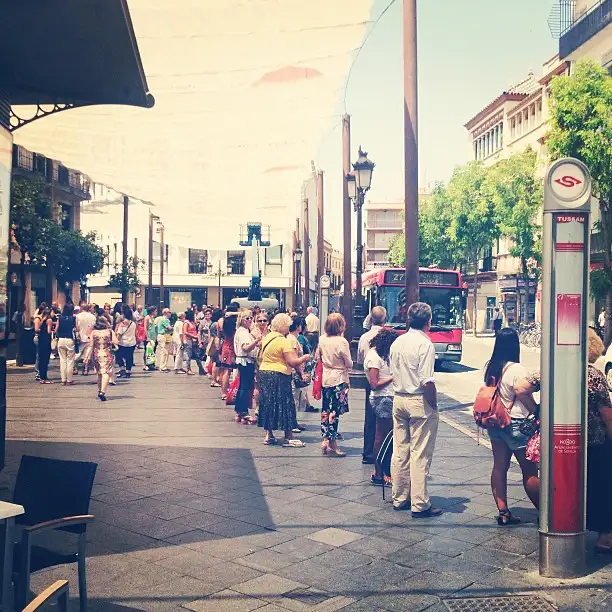Algorithms and Urban Space: Balancing Efficiency with Community Impact
A report from Barcelona highlights a novel approach to managing the impacts of digital navigation apps on local life. The Guardian notes that one of the city's bus routes, second only to major tourist attractions in popularity, was always crowded, drawing complaints from locals about its usability. In response, the local government made a bold move: they removed this bus route from digital map applications like Google Maps. Surprisingly, this led to a significant decrease in tourist traffic on that particular bus.
While it's debatable whether this is a sustainable solution to Barcelona's tourism challenges, the experiment underlines the profound influence map apps wield not just over vehicular traffic but also on pedestrian dynamics within urban settings.
In Germany, considerable research into the car routing algorithms of these map apps has shed light on the criteria they employ. The research indicates that routing decisions predominantly prioritize speed and efficiency, with safety considerations for all traffic participants and CO2 emissions often overlooked. However, this complexity can sometimes create conflicts. For example, to avoid highway traffic jams, cars might be rerouted through residential areas, potentially increasing risks to children, especially during school dismissal times.
The lack of transparency in these algorithms and the minimal data shared with cities can lead to tensions. Barcelona's drastic step in removing a bus route from digital maps is a testament to the challenges cities face in balancing digital integration with community well-being.
Photo by Paco Gonzalez @ Flick
